Could you introduce yourself, Identity 2.0 and This Machine Is Black?
Identity 2.0 is a creative studio co-founded by myself and Arda Awais. We work at the intersection of digital rights, technology and identity. Essentially we exist to open up the conversation about what it means to exist online. This Machine is Black is our third exhibition, and it explores the relationship between race and tech.
Which of the four themes (Deep Fake, Surveillance, Privacy, and Afrofuturism and Abolition) resonates most strongly with you?
Savena: Considering we made the entire exhibition, working with a range of artists, it’s really hard to pick just one theme! I honestly love the whole process we have put together and I like the different themes for different reasons. Deep Fakes is a chance to break down societal understandings, surveillance and privacy has a huge research undertaking in which I probably learnt the most, afrofuturism we worked with the most amount of artists, and abolition we are literally opening up the conversation.
Arda: I wouldn’t say one theme resonates more with me, they are each so different and speak about different things. I might be biased but I like all of them. However, I would say that surveillance and privacy is the most informative as it includes a timeline of history which was an extensive piece of research work for us and one I learnt SO much from.
What was the process of creating and developing This Machine Is Black?
S: Whenever we make something at Identity 2.0, we always start with research. We start by investigating what academics, activists, journalists and artists are doing in the area we want to look into. We appreciate that whilst we can communicate things uniquely, we are not alone in this space. And there is a lot of amazing work that we can draw from. We then try to take pieces that inspired us and we think we use to inspire others. From there we’ll sketch out the journey we want to create, what feelings we want to evoke in people and what the end result is.
A: Savena and I had a conversation about creating a body of work that explored the relationship between race and tech. We knew this was the topic for our next exhibition, so after getting excited about all the possibilities this could entail, we began with research. We each spent time reading and learning about what has already been done in this space and taking inspiration from those who have already explored this space. After that, we had a brain dump session. We sat on a zoom call for about four hours and brainstormed all of our ideas, what that could look like, what we want people to feel or take away from it. And from that, we had a rough idea of what we wanted to create and its journey.
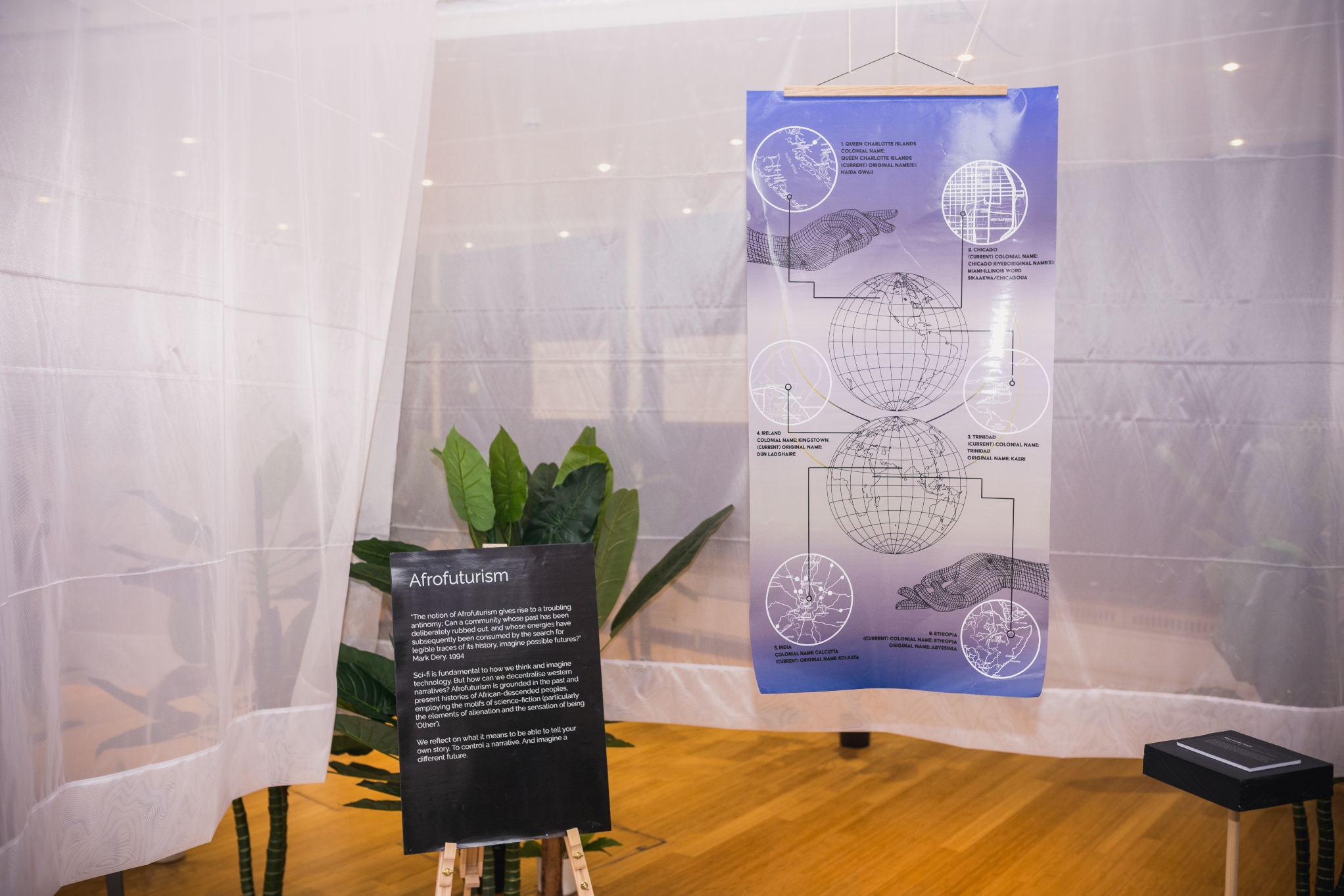
What are you most proud about this exhibition?
S: The fact that it exists in a real space! It’s been an idea in our head for so long, and having not been able to produce or attend any in person events, it was so exciting to come out of lockdown with a live event. This exhibition is so much more than the walls it exists in, it really is something we wanted to create a community and conversation around.
A: I have to mimic what Savena said, it exists, it's real and people are experiencing it! This Machine Is Black is the largest scale project we’ve created at Identity 2.0. It’s also a project that is really close to home for both of us. There were lots of moving parts, from organizing the venue and artists, to building the space and managing a tight budget, all while trying to maintain the vision we both had. I am so proud of both of us for all our late nights, endless weekend calls, early mornings and all that we pushed ourselves to make this vision into a reality.
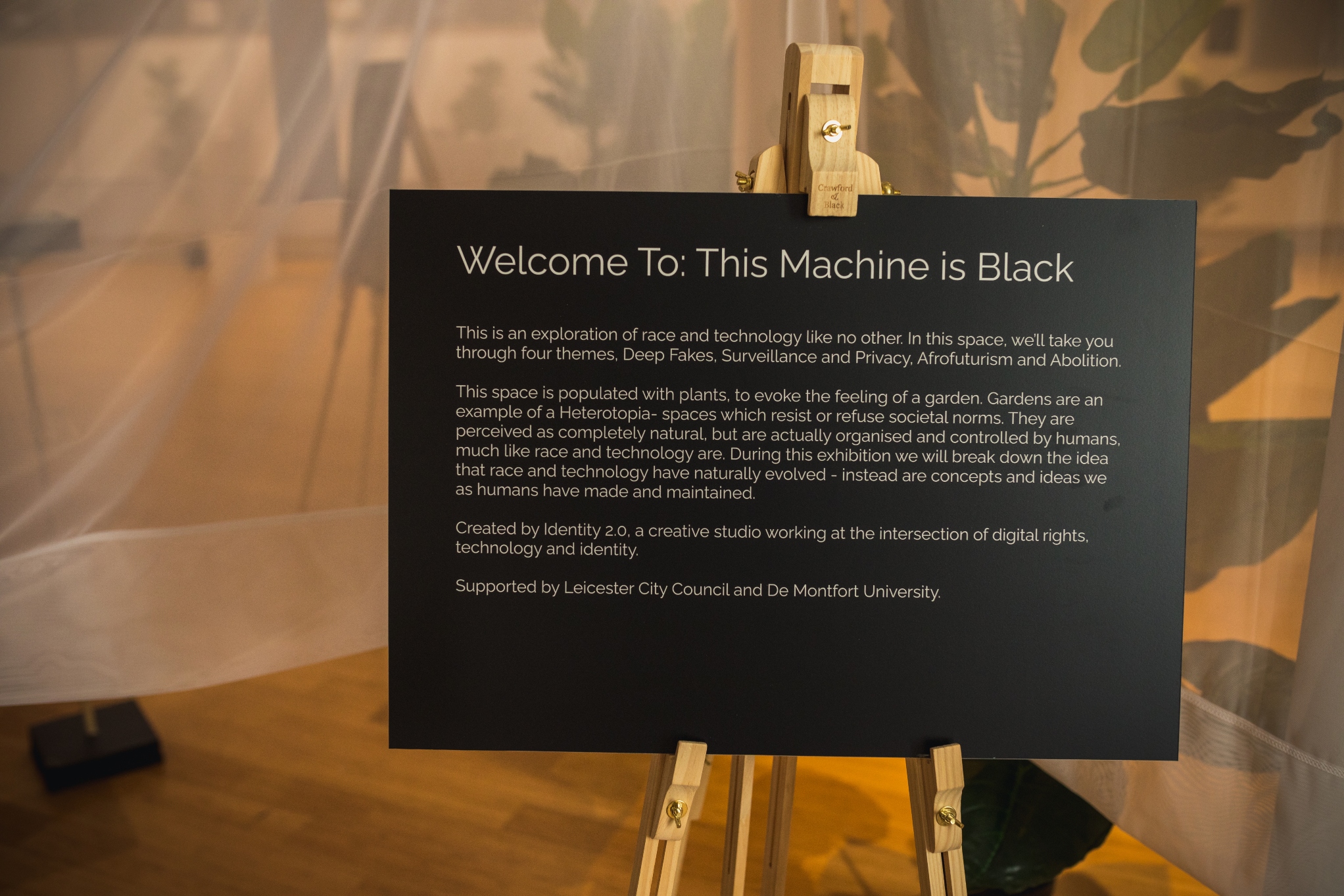
How do you think This Machine Is Black draws international inspiration? What were your creative references in creating this exhibition?
S: One of the first pieces that inspired us was Michael Foucalt’s work around surveillance, society and power. He once wrote a piece about Heterotopias. These are spaces which reject societal norms, and a garden is an example of such a place. It exists in this antithesis of being perceived as natural yet is man made. All the plants are natural yet they are organised by humans and placed to appease those in power. This mimics both the ways race and technology are constructed in society. For us, that is an important message we wanted to get across in the exhibition, which is why we shaped it to mimic a garden. It’s funny because we even used fake plants, further pushing this concept of what is real – and why we put such an emphasis on “natural”.
A: Early on in our research, we found a lot of work around race & tech is explored by African Americans. A book both Savena and I read was Race After Technology by Ruha Benjamin. There were a lot of key learnings in that book that educated both of us, but also started many creative conversations about how we could use this knowledge and bring it across in our exhibition. We have also created a community of creatives that follow Identity 2.0 internationally, so we utilised previous conversations we’ve had to draw inspiration from and, where we can, include these creatives in our work. We’re hoping to do this with our virtual extension of This Machine Is Black in October, where we are bringing women of colour in tech from our community to lead workshops about the different themes of our exhibition.
What do you find interesting about the intersection of technology and art?
S: The possibilities! Art, throughout all of time, has used tools in ways which provoke and push the boundaries. It can do the same with technology. We see tech as something controlled by the few, but made for the masses. Creative and artistic approaches to using tech can really widen how we use and create new digital tools.
A: How it opens up so many doors. Often, conversations and spaces around tech can be boring and it's not for everyone. Art is for everyone. It doesn’t matter who you are, or your walk of life, you can engage with art and have your opinion. It's a fun space, where people want to go to/ experience and speak to friends about. So this intersection allows us to bring across important topics that people need to know about, and do that in a way people want to engage with.
What is your favorite thing about working in this industry right now?
S: I am constantly in awe and blessed by not only the artists we get to work with but the new creatives producing interesting work. Whether that’s sci-fi film makers, or zine enthusiasts – I love that people are able to find and share their passion.
A: We kind of exist in two different industries, an ethical tech one and an art one. I love both of them. The talent of the artists we’ve worked with, those in our community and those who want to collaborate with us are truly amazing. The data activists that we work alongside are equally as amazing and not only do we learn so much from them but also their support has been heartwarming.
What is the biggest challenge you feel you’ve had to overcome to become the artist you are today?
S: Haha everything. We don’t come from a formal art background, or have a family that is in the art world. So everything has been a big learning curve. From how to secure a venue, commission an artist and negotiate sponsorship. Whilst it’s been a challenge, it’s one we have thoroughly enjoyed, and has made us more creative in our craft.
A: Firstly recognising myself as an artist. Then how to navigate this world – basically what Savena said x2. Doing something for the first time is always a challenge and we’ve learnt SO much from each project we’ve created and instantly know how we would change things the second time around. Also confidence, run with confidence and it will take you places. Even if you haven’t figured it out yet. In the voice of the tiktok “no ones gonna know”.
What advice would you give to someone looking to follow in your footsteps? Was there something you wish you’d been told when you were starting out?
S: Never stop learning. Always be open to having a conversation, reading a different viewpoint or seeking out new sources. We have learnt so much over the last three years – about art, tech, ourselves and each other. And I’m constantly excited to learn more!
Also - Network with a purpose. If you do go out, talk to people - know what you want from them! People will see your value and what you can do, don’t be scared to ask for it!
A: Sometimes you can plan all you want but just make the thing.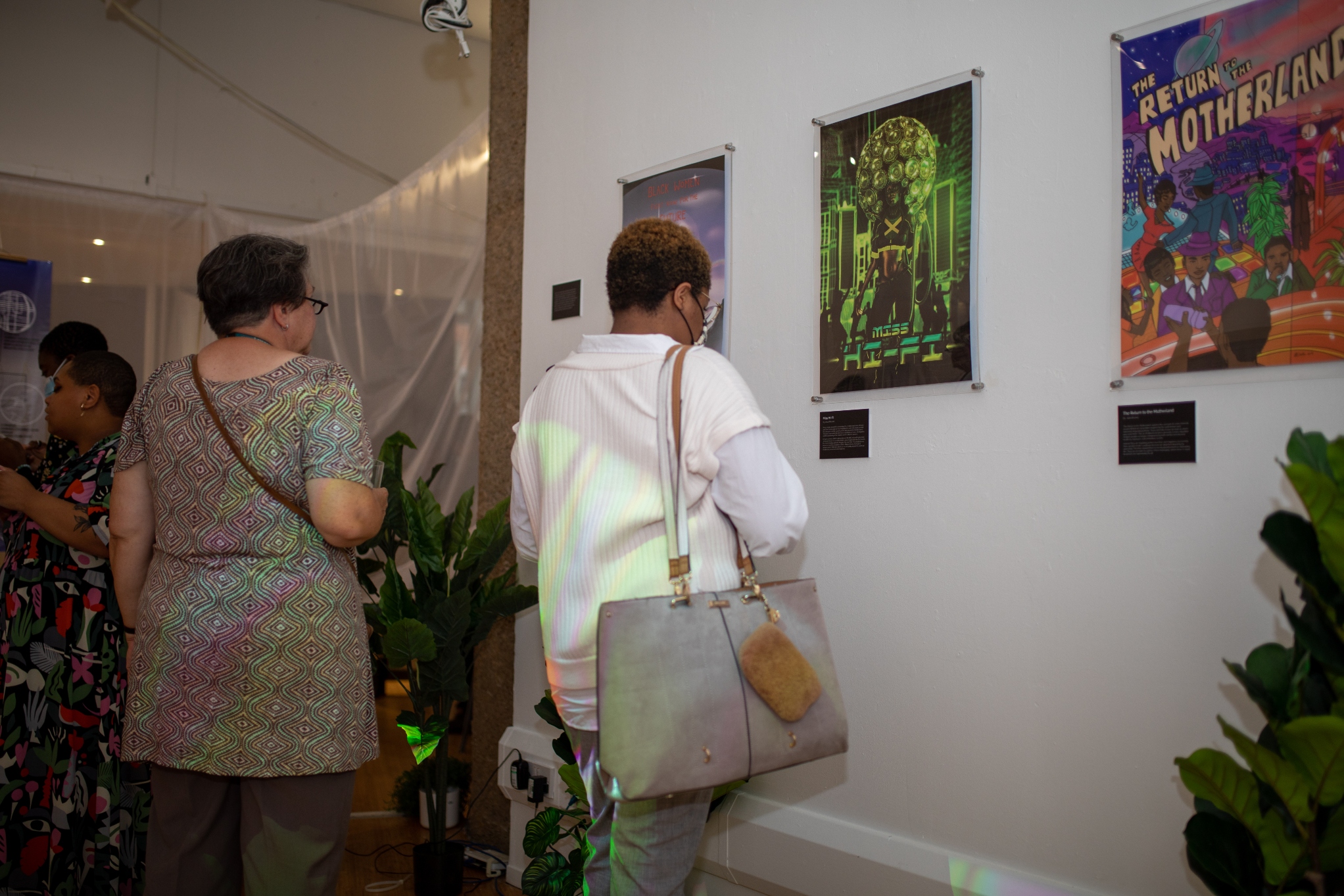 Planning won’t prepare you for all those lessons you learn when you are actually making the work. I feel like it is scary to make that step sometimes, and create something into the world. But quick turnarounds can be really beneficial. I actually got this advice before from one of my friends/mentors and I thought he was crazy everytime he said it.
Planning won’t prepare you for all those lessons you learn when you are actually making the work. I feel like it is scary to make that step sometimes, and create something into the world. But quick turnarounds can be really beneficial. I actually got this advice before from one of my friends/mentors and I thought he was crazy everytime he said it.
Also, people are kind (geneally). Reach out to anyone who inspires you, that you want advice from or you want to work with. More often than not, you’ll get a response and you will lose nothing sending that message.
Where can people find you online?
Instagram and twitter @identity2_0
Drop us an email anytime: [email protected]
More of our work on our website: www.identity20.org
Sign up to our mailing list for updates (we won’t spam you)
We are also on LinkedIn - Identity 2.0

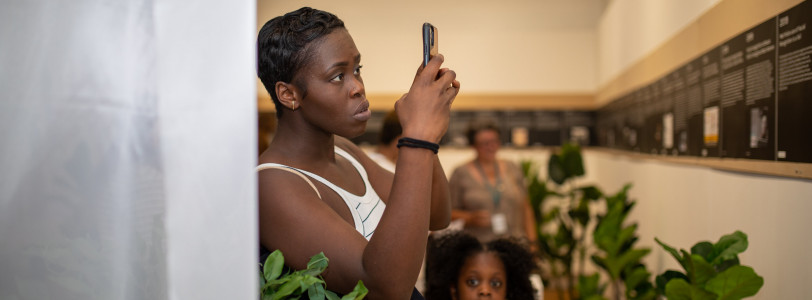
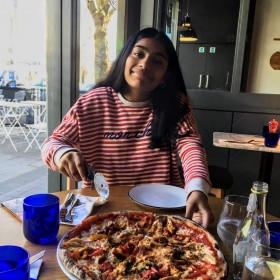






0 Comments